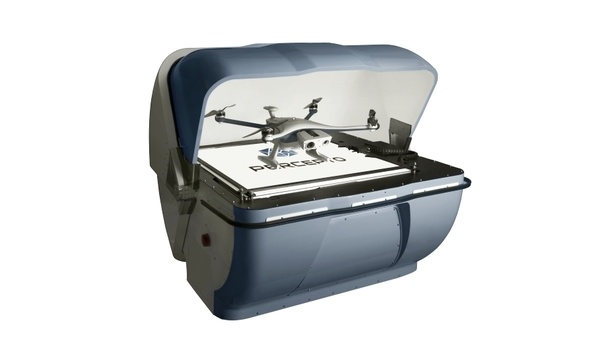Ariel Avitan

Ariel Avitan
Chief Commercial Officer, PerceptoAriel Avitan is Chief Commercial Officer at Percepto, a provider of autonomous drone systems.
News mentions
Percepto, the global market provider for autonomous industrial drone solutions, announces that it will operate and broadcast live overseas autonomous drone missions from its stand (IF2146) at IFSEC In...
The future of drones in the security and safety industry is sooner than you think. Tyco Integrated Security and Percepto offered a glimpse of that future at ASIS 2016: Autonomous drones that can patro...






























